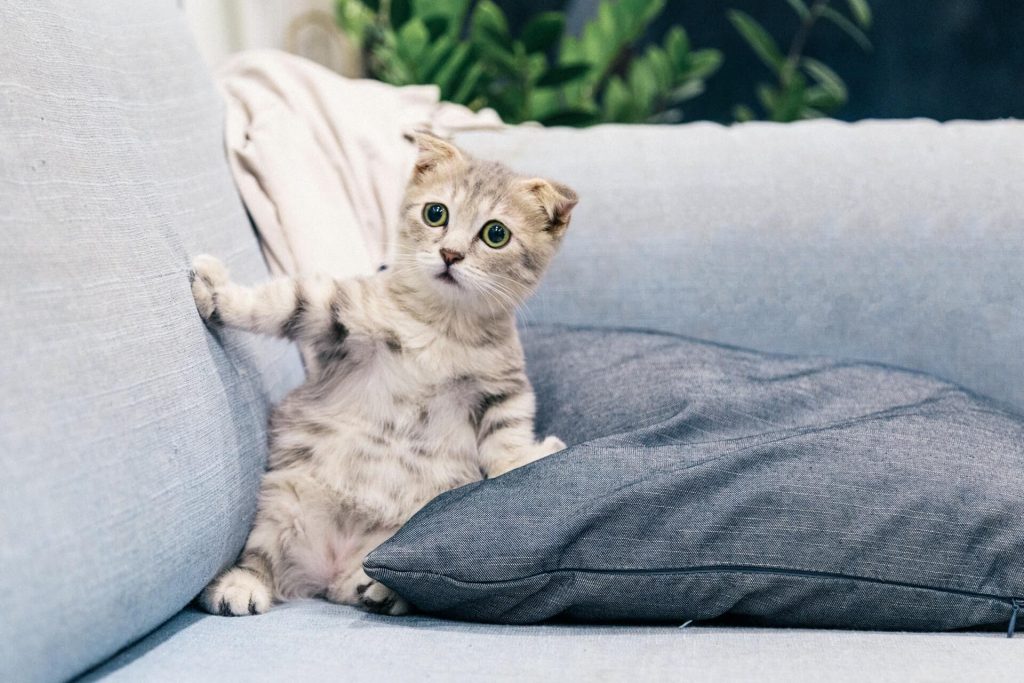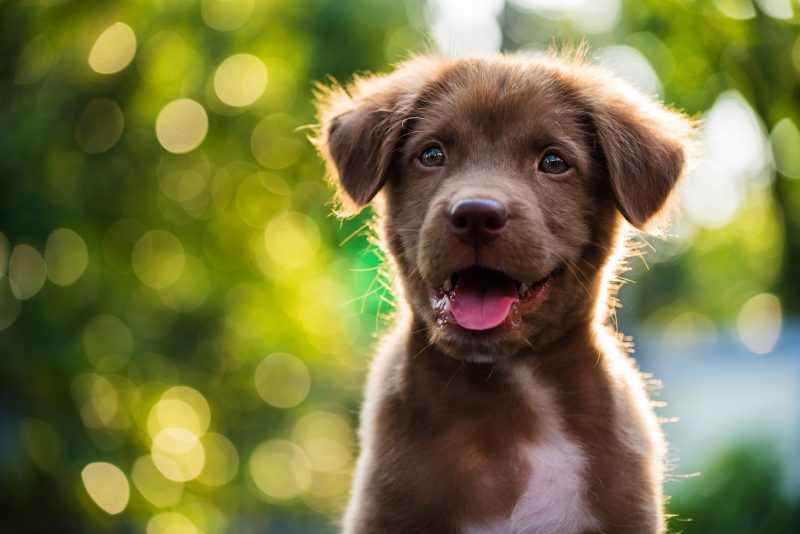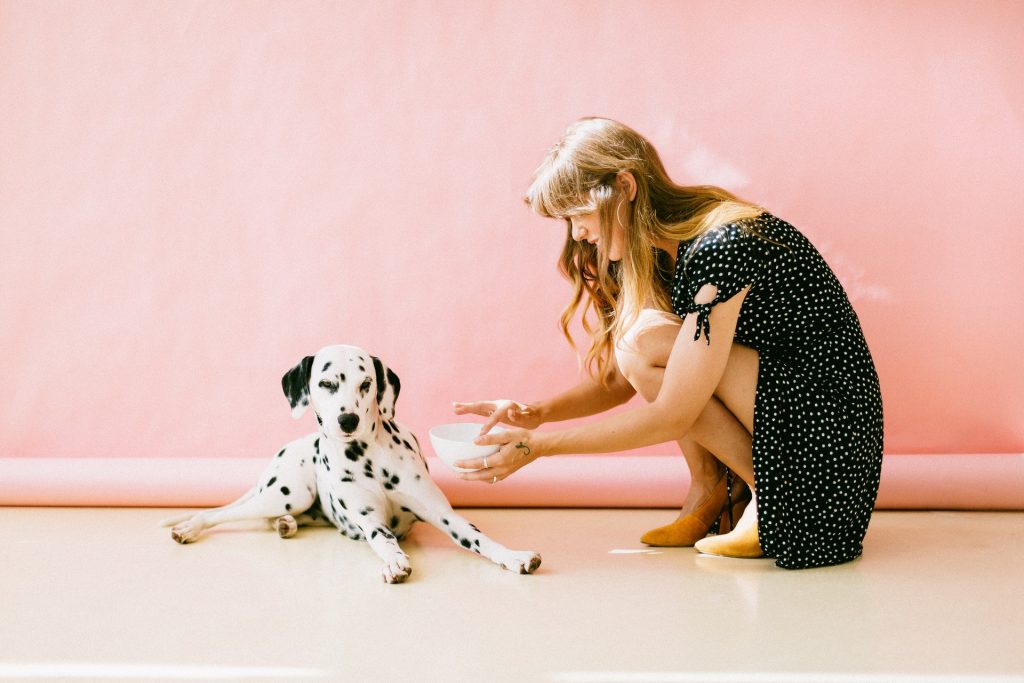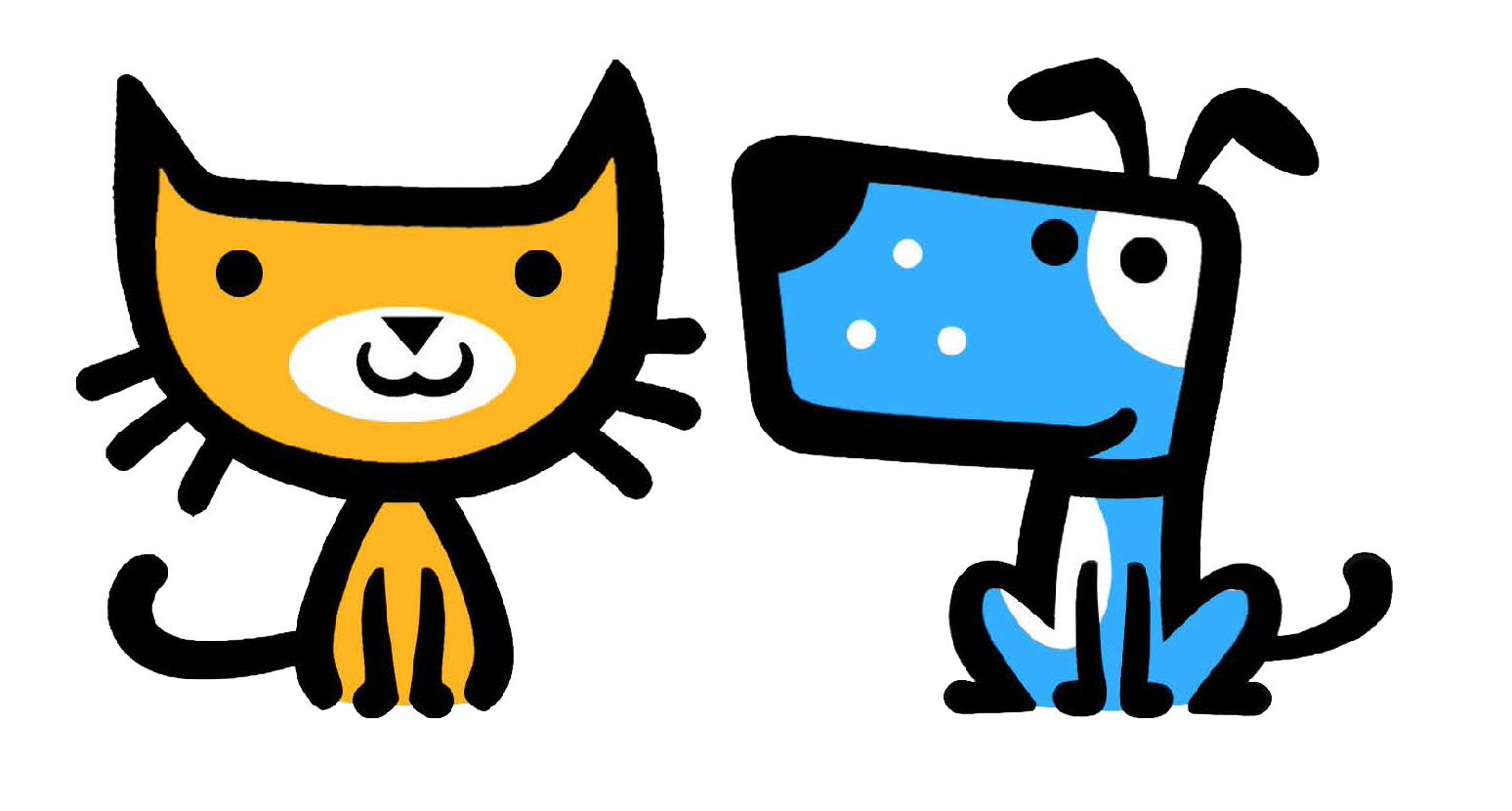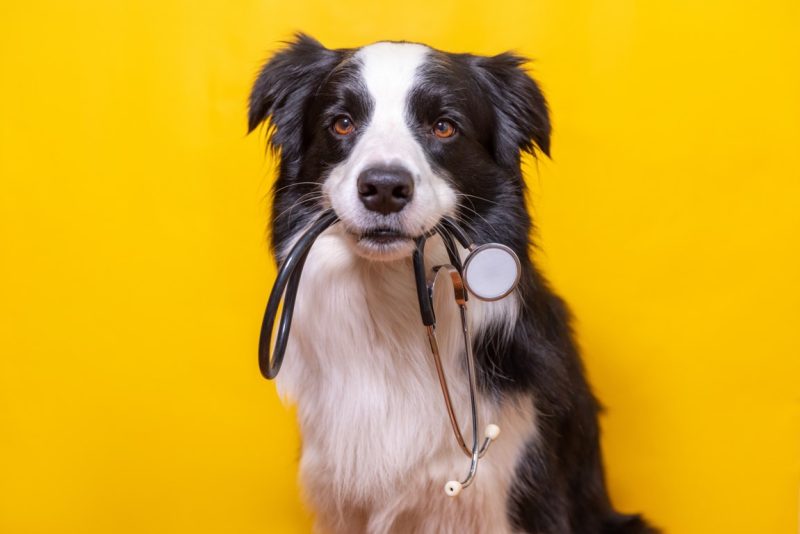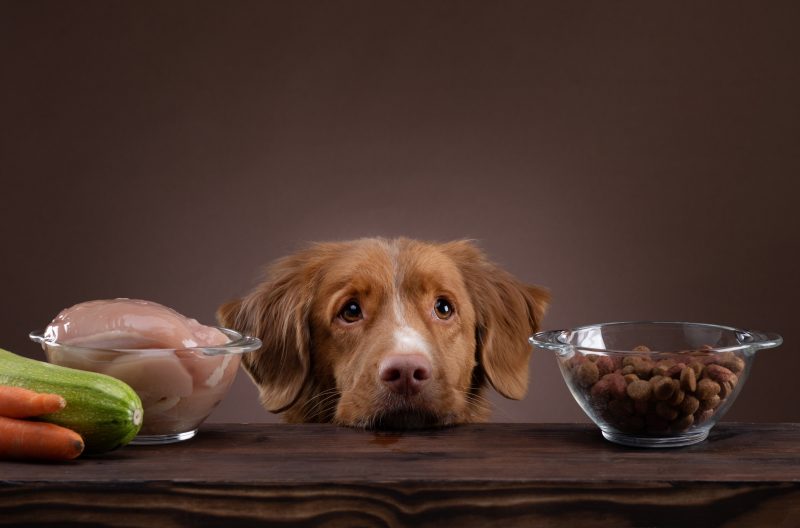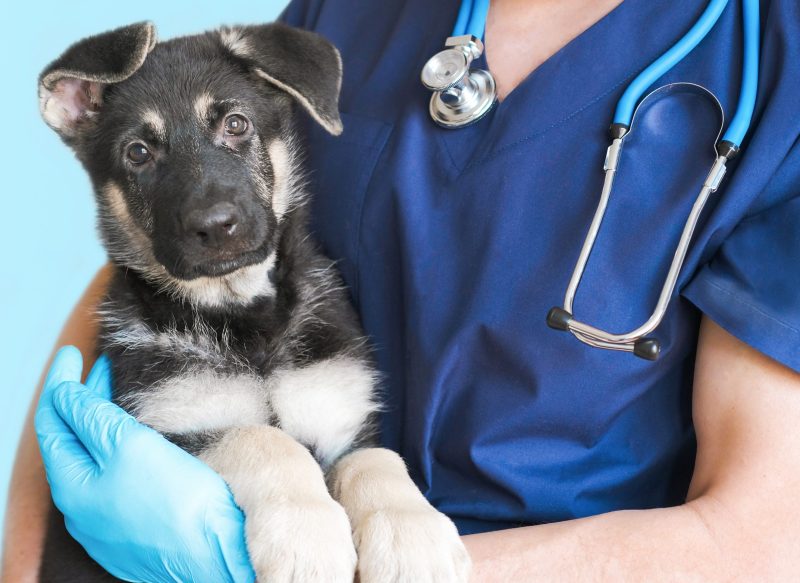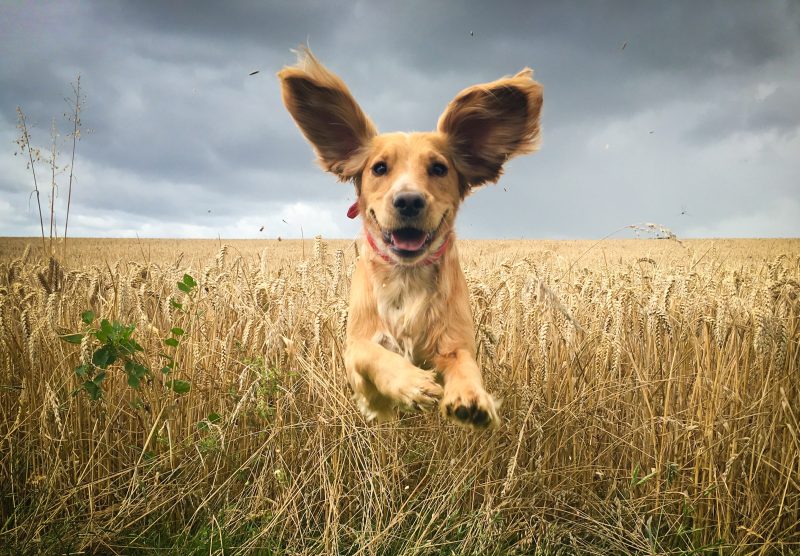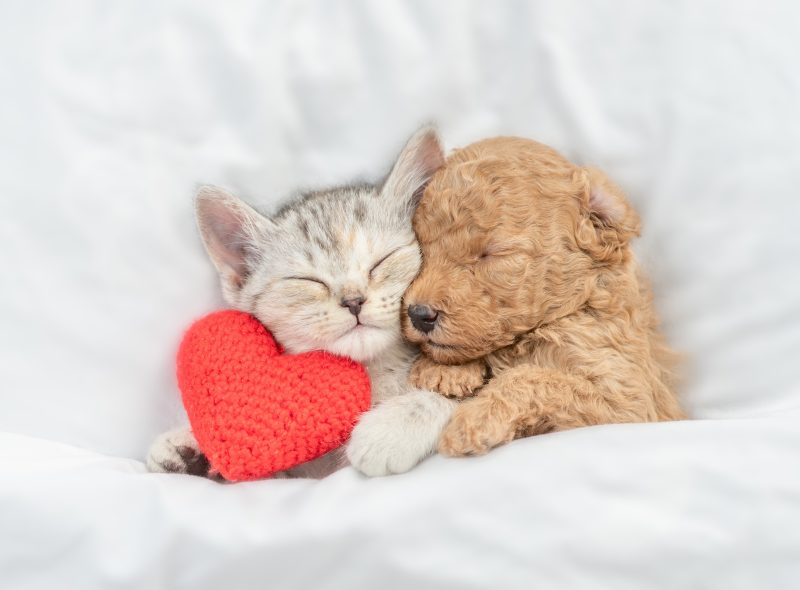Time to read: 8 mins
If you are a first-time pet owner or new to pet insurance, it can all be very confusing at times. What some people do not know is that your pet insurance is most likely to increase year on year. There are a number of reasons behind this which we’ve explained below.
Vet and consultation fee increases
As medicine advances in both human and veterinary practices, the tools and treatments used to get and treat diagnosis have improved vastly. While diagnosis and treatment has been made easier and more precise, it comes at a price. As more and more medical advancements are made, the treatments price will increase. As a result of this, insurance prices need to adjust accordingly to the vet fees and consultation increases.
Vet and consultation fees will vary depending on the area you live in. The price of vet bills is more expensive in some areas than it is in others. This can result in higher prices depending upon the postcode in which you and your pet live.
In fact, you can shop around for vet treatment. If time allows, you can compare pricing from different vet surgeries to make sure you’re getting an accurate price for the required treatment.
Another element of veterinary costs is that of vet fee inflation, this is an economic factor that tracks the rate at which vet treatment changes by year. This has, as recently as 2019, been as high as 5%. As the cost of treatment increases, typically insurance premiums increase to cater for this.
Age of your pet
This is often the primary reason for your premium to increase. As your pet gets older, they are more likely to suffer from illnesses and diseases that are associated with old age. Often conditions will not show up until later in life. This is because immune systems and metabolisms start to slow down as we get older and it is no different for our pets. This is why older dogs and cats are more susceptible to diseases as well as infections which will subsequently require treatment. We define older dogs as 8 years and older, while older cats are 10 years and above.
Across all providers, when a pet reaches the older age threshold you might find that cover changes slightly. Watch out for things like compulsory co-insurance payments, increased excess payments, death of pet cover may be liable to changes. Read your policy wording carefully to understand what these differences might be.
Your pet’s size and breed
Some breeds are more expensive to insure than others. Larger dog breeds tend to be more expensive because they are thought to age faster than a smaller dog would. Due to their size they require more medicine, have higher surgery fees and other treatments.
The status of your breed will impact the price of your insurance too. A pedigree dog or cat will cost more to insure than a pet that is a mixed breed. Most breeds that have known exposure to certain problems will be more expensive than those that do not. Many pedigree animals have some form of hereditary health issues that will range from one breed to another.
Claims
It is likely that your pet insurance premium will increase when you make a claim. This could be because once you make one claim this could be an indication of future claims. Insurance providers take into account your pets’ history before quoting your renewal.
Pet insurance increases are to be expected upon renewal. They increase for many reasons and not one reason in particular. By default, we do give our customers the best price we get from our underwriters. Have a look at how we can cover your pet today.


